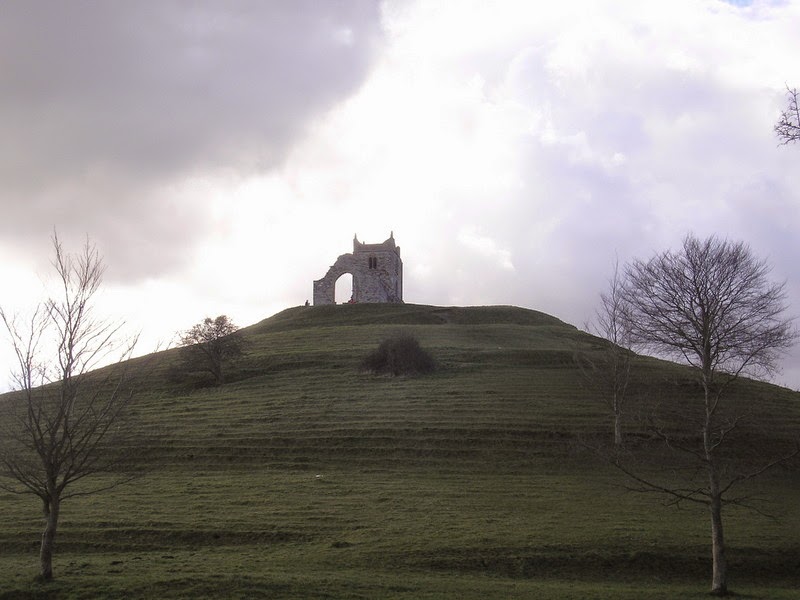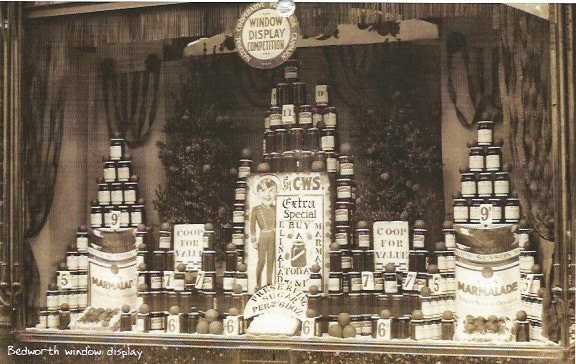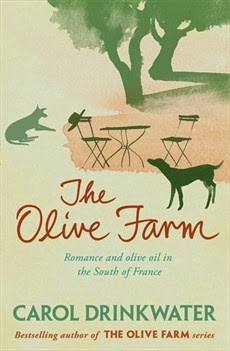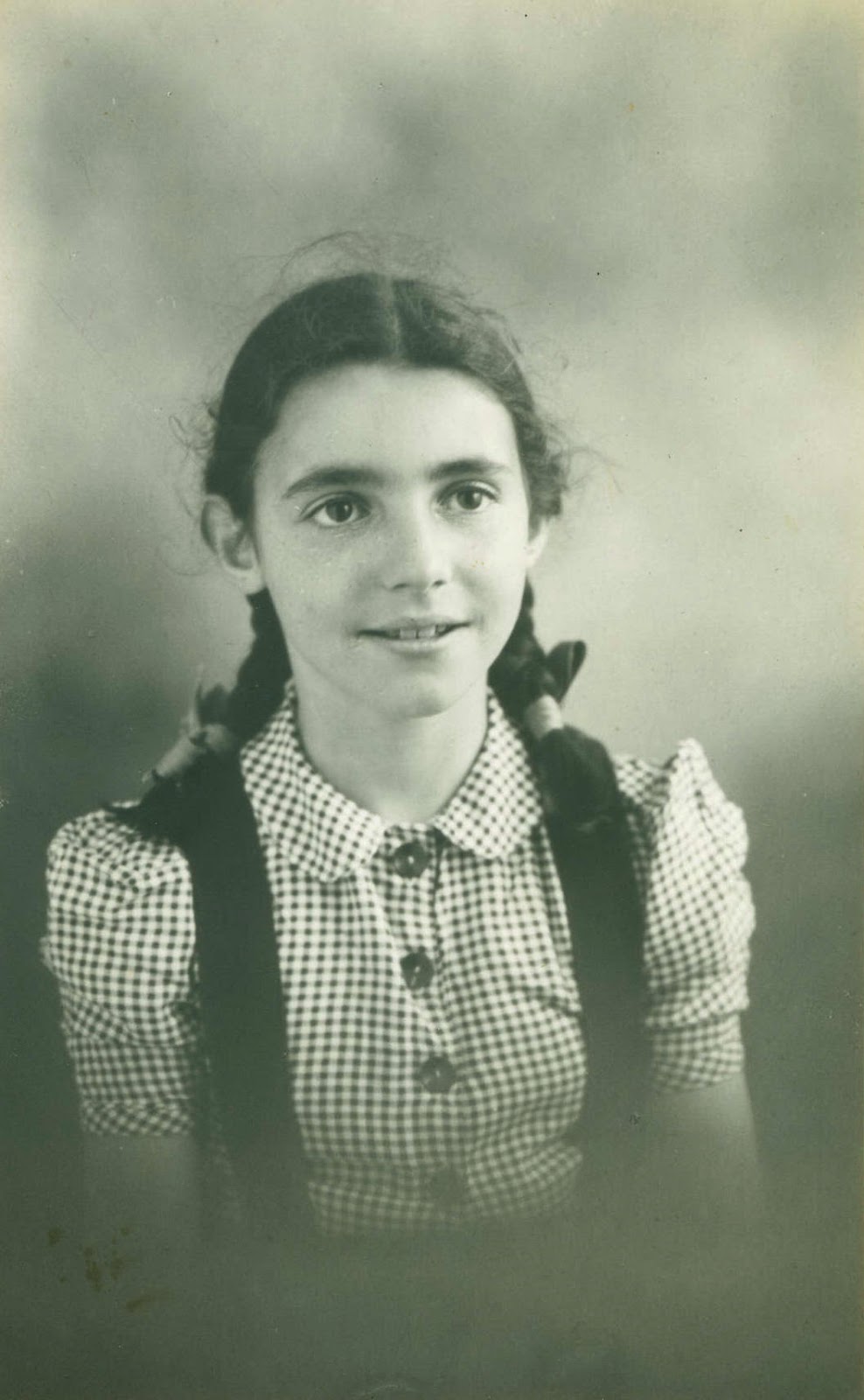Our January guest is Robyn Cadwallader, whose début novel, The Anchoress, is garnering enthusiastic reviews.
![]() |
| Photo by Che Chorley |
Robyn Cadwallader has published numerous, prize-winning short stories,
poems and reviews, as well as a book of poetry and a non-fiction book
based on her PhD thesis which explored attitudes to virginity and female
agency in the Middle Ages. She lives among vineyards outside the Australian
capital when not travelling to England for research, visiting ancient
archaeological sites along the way.
http://robyncadwallader.com/
Robyn will be visiting the UK in August and September for the Edinburgh
International Book Festival and as a writer-in-residence at the Gladstone
Library.
Welcome, Robyn, to the History Girls and thanks for being interviewed long distance in Australia!
Mary Hoffman: As soon as the reader realises that this is the story of a woman enclosed for life in a small space there is a feeling of claustrophobia. Did this give you any pause as a writer?
Robyn Cadwallader: Yes, it did give me pause in terms of crafting the story, but I knew that it was essential — not only as an idea, but as a vividly felt experience for Sarah and for the reader. One of the first things that drew me to telling this story was the fascinating and, in some ways horrific, idea of a woman being shut away for the rest of her life in a stone cell. What would it be like to have light only from an oil lamp and candles, and to have such a small space — nine paces by seven — to live in? Enclosure and the attempt to shut out the world is the essence of Sarah’s commitment, so it was key to what I had to convey. It is such a different kind of experience from what we know today, and so I worked really hard at keeping the balance between evoking the claustrophobia and not overwhelming the reader.
I also recognised that the claustrophobia of the cell could mean that the story as well was shut down — just like Sarah, with nowhere to go. But the more I ‘sat with’ Sarah, and imagined her cell, built next to a church, her maids, her visitors and her confessor, the more the story began to take shape and tell itself.
MH: And yet you found ways of “bringing the outside in.” Tell us something about the different ways in which you did that.
RC: As soon as I read about anchoresses, I began to wonder what it would be like inside that cell, in a space with small windows that are covered, so that the sense of sight is severely restricted. It seemed to me that by limiting one sense, the others would be enhanced. Inside her cell, each taste of her simple food would be clearer, the few things she touched would be more vivid, and the sensations of her body would be heightened. Even though there is stone between her and the world outside, I imagined that she would develop an acute sense of the smells and sounds of the village around her.
This would be especially so because anchorholds were attached to a church, and at the centre of town or village life, in physical and in social terms. Apart from services and religious feasts, meetings would be held in the church, and sometimes, it would be the place for a private tryst. Sarah would hear it all through the small opening between her cell and the church wall. Outside the church on the village green, people would celebrate the many rituals that structured their year, from May Day to the harvest Lammas to Michaelmas. In many ways, Sarah is in the centre of village life, and it comes to her, albeit on the other side of the walls of her cell.
Although she is enclosed, visitors (only women and clerics) come to the tiny parlour window to speak to her and bring news of the world outside the cell. As she tries to understand and empathise with the women, she begins to imagine their lives, even though she hasn’t even seen their faces. Maud, in particular, brings in the daily experience of work in the fields in a very detailed way, from ploughing to the seeds beginning to grow. She and the other women reveal the life that goes on in the village, and their requests for prayer help to further draw Sarah into their experience. Louise and Anna, Sarah’s maids, are also a key line of connection to the village.
MH: You have unequally alternating chapters headed Sarah and Ranaulf. Why did you decide to tell Sarah’s story in the first person but Ranaulf’s in the third?
RC: I experimented with telling Sarah’s story in third person, but I realised very quickly that in order to convey the sense of enclosure, of being so thoroughly inside the walls, she had to tell her experiences first hand. Everything else then had to be outside. That included her relationship with Father Ranaulf, her confessor, who comes to hear her confession once a week.
One way of ensuring the interiority of Sarah’s experience was to write Ranaulf’s chapters in third person. While I thought that Ranaulf’s life in the priory would provide relief from the limits of the cell and Sarah’s first-person account, I decided to write it in limited third-person: to restrict the narrative to his experiences and encounters. I did this, in part, to maintain something of the atmosphere of claustrophobia — that is, while Ranualf’s chapters offer, as it were, some fresh air and light, I didn’t want them to ‘burst out’, either in tone or in scope.
MH: The most famous anchoress in the UK is probably Dame Julian of Norwich but she comes a whole century after Sarah. Is there a nod to her in your book? You name Sarah’s church as Saint Juliana.
RC: I have read some of Julian of Norwich’s writings, but I deliberately did not read them while I was writing, in order be sure that Sarah remained entirely of my imagination.
The church in the novel isn’t named after her, but it is named after one of the most popular saints in England at the time, St Juliana. Her story, along with the stories of St Margaret, St Juliana and St Catherine, were bound with the Ancrene Wisse, the Rule for Anchoresses, and provided as devotional material for some anchoresses in thirteenth-century England. St Juliana was a virgin martyr who was killed because she refused to marry, even though the Devil sent a demon in the likeness of an angel to deceive her, telling her that she should give up her virginity (Sarah makes a brief reference to her when she first hears from Agnes). I found the story of St Margaret — a woman who was swallowed by a dragon and burst out its back, becoming the patron saint of women in childbirth —so intriguing that I wrote my PhD about it. It was through my research that anchoresses captured my imagination.
MH: Is Sarah a nun? Do you have to be a nun to be an anchoress?
RC: In 1255, while there were many ways for men to be involved in the religious life, opportunities for women were limited. Sarah could really only become a nun if her family could afford to pay the dowry. She could become an anchoress if the bishop approved, and if she could find a patron who would provide for her physical needs. A patron would willingly ensure that an anchoress’s physical and spiritual needs were provided, in return for her prayers — a kind of spiritual insurance for those who could afford it. Anchoresses were highly esteemed.
For holy women, the emphasis was on enclosure from the world, while for men, a vocation could lead to an active position in society, including political power, money and status. Some men became anchorites, but they were not necessarily permanently enclosed in a cell.
MH: The book was full of new words for me. Some like “squint” are guessable; others like “corrody” are very specific medieval legal terms. Did you consider putting a glossary in the finished book?
RC: I was aware that there could be words that are new to readers, but I included them because I wanted to keep the sense of unfamiliarity that they created. Although many of the issues in the novel resonate with our lives today, the thirteenth-century was both deeply ordinary and, to us, profoundly strange. In writing, I was trying to keep this balance, mindful of giving the reader enough information to understand all that was needed for the narrative (though always without using clunky exposition of the term).
MH: I found it hard to visualise the arrangement of rooms in relation to the church; It would have helped to have a diagram.
RC: Sarah’s experience of the cell is the heart of the novel and I considered long and hard how to draw the reader into how that space felt for her. The god’s-eye view of a diagram would have given an objectivity that would have counteracted that. I felt it was important that the reader’s first encounter with the cell was through Sarah’s own exploration of it. The texture and shape of the stones, the squint, the darkness, the straw or her curtain, are where the real story lies.
MH: Are Sarah’s motives for enclosure more spiritual or more because she fears marriage and childbirth?
RC: Sarah’s motives for enclosure are complex and not completely clear to her. It seems to me that this is a very human and real quality, and motivations are rarely, if ever, simple and easily labelled. Spiritual desires do not, I believe, exist on a ‘pure’ plane, but involve our physical, mental and emotional being as well.
MH: At the beginning of the story, Sarah and Ranaulf clash. Do you think they understood each other at the end?
RC: Sarah is singularly unimpressed with Ranaulf when he replaces the avuncular priest who had been her understanding and supportive confessor. For his part, Ranaulf, who is a scribe, resents the interruption to his time with his books, and is unsure how to counsel a woman, even a holy one. Their disagreements are both profound and trivial, but each of them develops as a result of their encounters. Their relationship is an ongoing and developing one, and in many ways, at the end they’ve just begun to lay the foundations for communication.
MH: Is this “women’s fiction”? The focus is very much on what a woman is, in relation to a man, whether she is a creature of sin and temptation or a flawed version of the male.
RC: The novel is an exploration of the experience of one woman, and my aim has always been to honour the woman who made the choice to be enclosed — a choice that might seem to us strange and weird. It’s true that theological, philosophical and medical thinking of the time considered women only in terms of the male, and although this is important context for the novel, the narrative shows an alternative way of understanding ‘woman’. I have never intended to say, ‘but in this (male) world, there were some interesting women’, but ‘ in this world, there were men and women, and this is one woman’s experience’.
I don’t think the term ‘women’s fiction’ is a helpful one because we don’t speak of man’s fiction; to do so is to speak of woman in terms of a man and continue patriarchal thinking. The novel is historical fiction / literary fiction and I hope people will read it and enjoy it. It may be that more women read it, but that is more likely to be because stories about men are thought to be universal, while stories about women are treated as domestic and specific. And stories about holy women locked in small cells may be seen to be very, very specific, although I think this particular one is universal in its themes.
MH: Is Hartham a real place?
RC: Sarah is completely a product of my imagination, and so I decided that all the places mentioned in the novel should not refer, as far as I could tell, to real places. I discovered after I had finished writing the novel that there is a place called ‘Hardham’; perhaps I knew it, and adjusted it a little, perhaps not!
MH: There is a magical realist thread in the novel with the sense that the bones of Agnes, an earlier anchoress buried in the same cell can cause physical wounds to Sarah’s body and influence her mind. This felt a bit like early Hilary Mantel. What was your thinking about this?
RC: There are some fascinating ways that magical realism can express and explore the more liminal aspects of mind and body. At the beginning, Sarah knows that Agnes was a holy and revered anchoress who once lived in the cell, someone she should emulate. When Sarah discovers that Agnes’s bones are buried beneath the floor where she kneels to pray, the memory and the presence of the holy woman take on extra power. That becomes rich ground for all kinds of extra-ordinary and psychological exploration.
Thanks! That was really interesting. I have been pondering why it is that historical fiction tends to be more often written (and read?) by women, even when the subject is male. What do our readers think? And you'll have a chance to win Robyn's novel on 31st January.
 Firefighting used to be a very local affair. Insurance companies would often maintain their own corps of firefighters, particularly if they had insured a warehouse containing high value goods. Otherwise parishes had to provide their own equipment and recruit volunteers either to pull the parish fire engine to the scene of the fire and man the pumps, or to provide a horse to haul it for them.
Firefighting used to be a very local affair. Insurance companies would often maintain their own corps of firefighters, particularly if they had insured a warehouse containing high value goods. Otherwise parishes had to provide their own equipment and recruit volunteers either to pull the parish fire engine to the scene of the fire and man the pumps, or to provide a horse to haul it for them.![]()

















































%2Bof%2B2008%2BJan%2B064.jpg)
























%2BChe%2BChorley.jpg)









